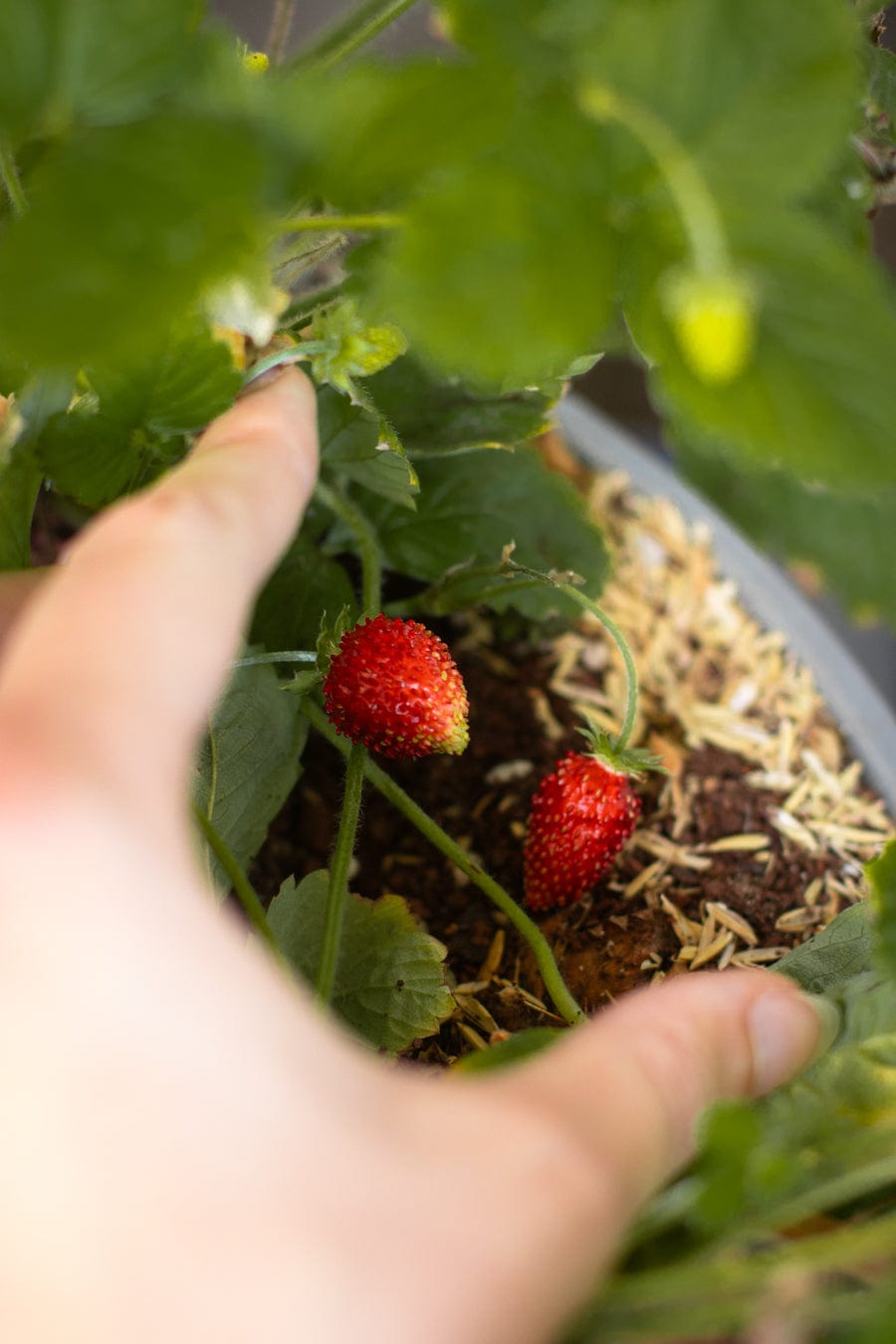
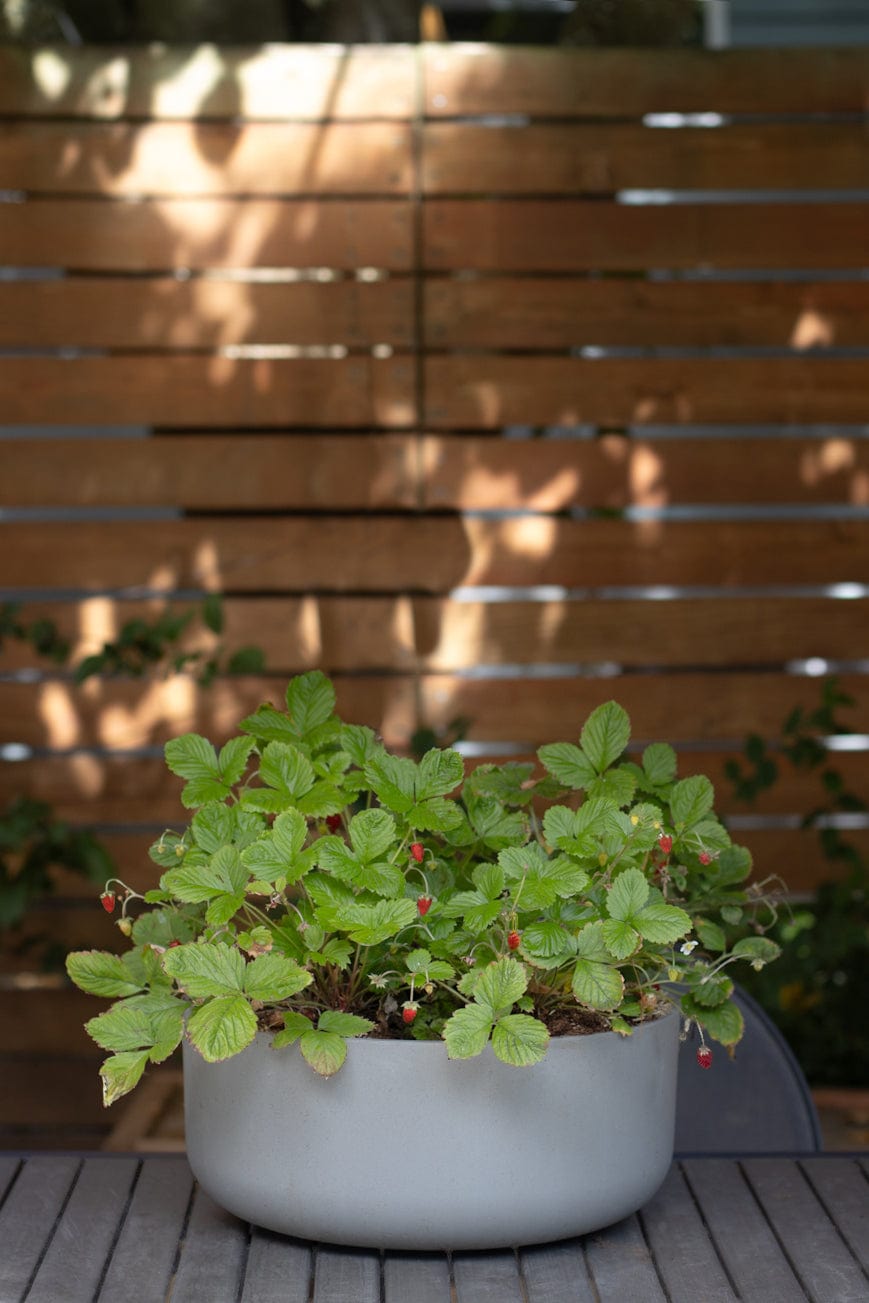
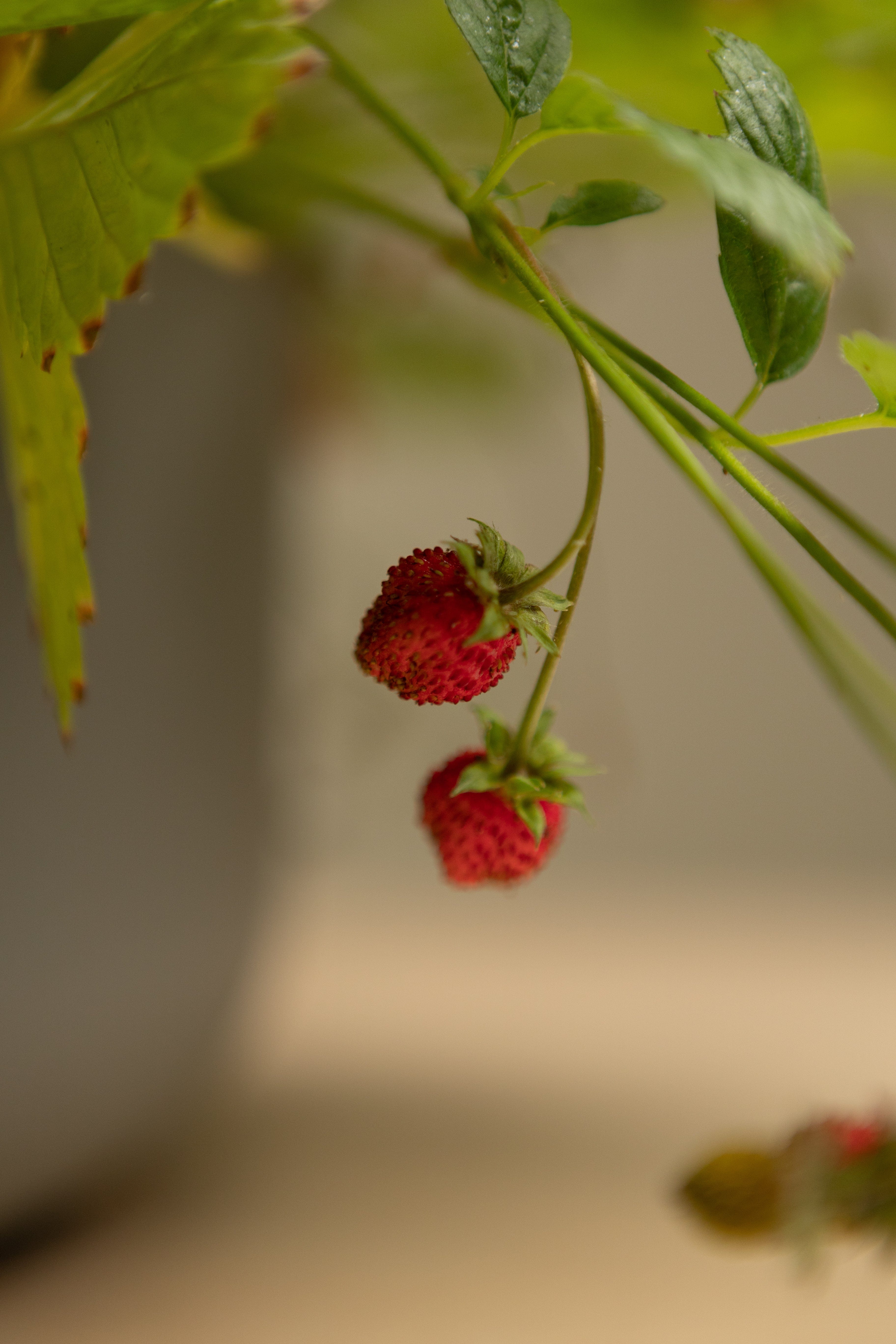
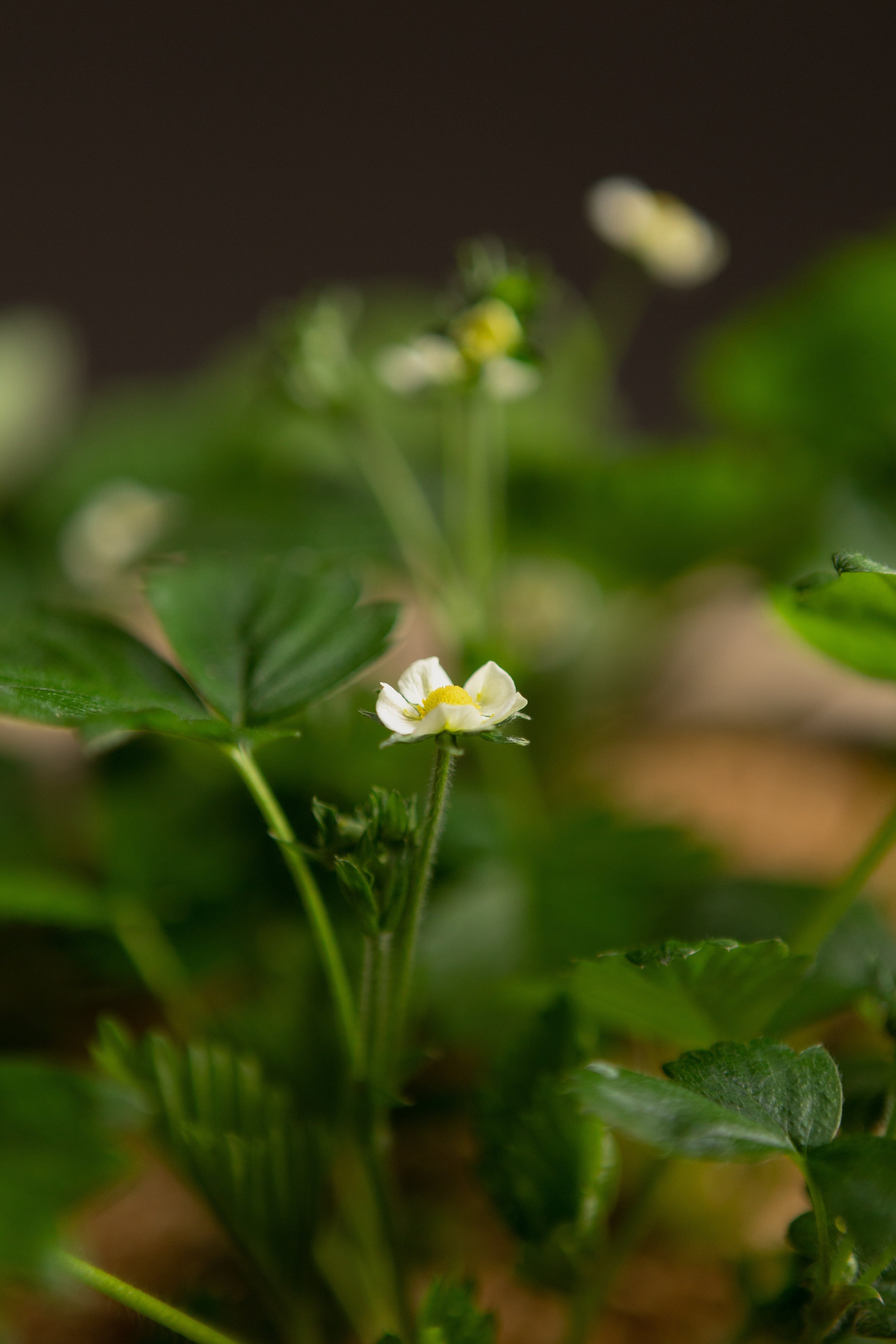
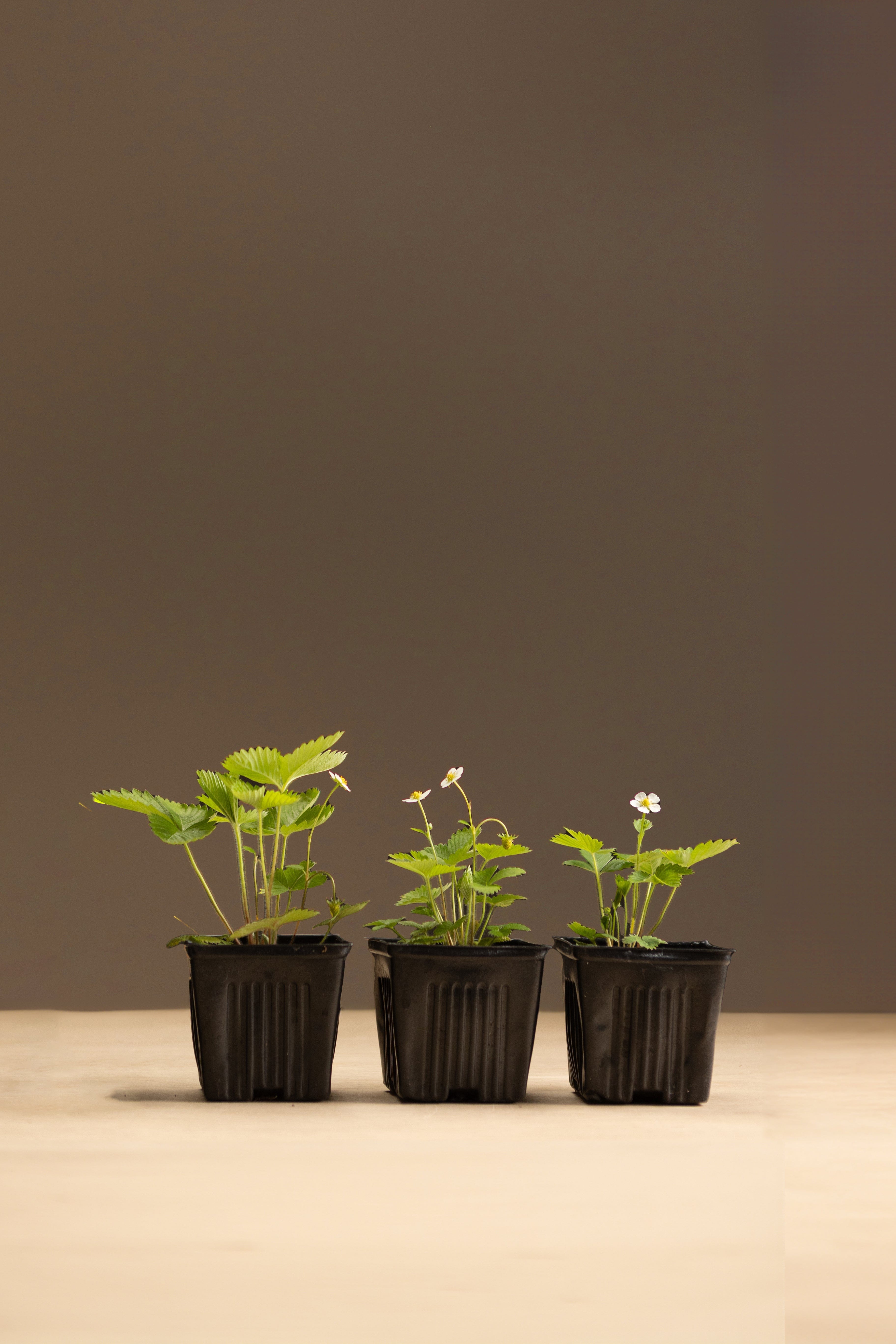
Red Alpine Strawberry
SELECT YOUR KIT

PLANT ONLY:
$62.99

POTTING ESSENTIALS KIT:
$142.98

COMPLETE GROWER KIT:
$222.98
Plant Only + Complimentaries
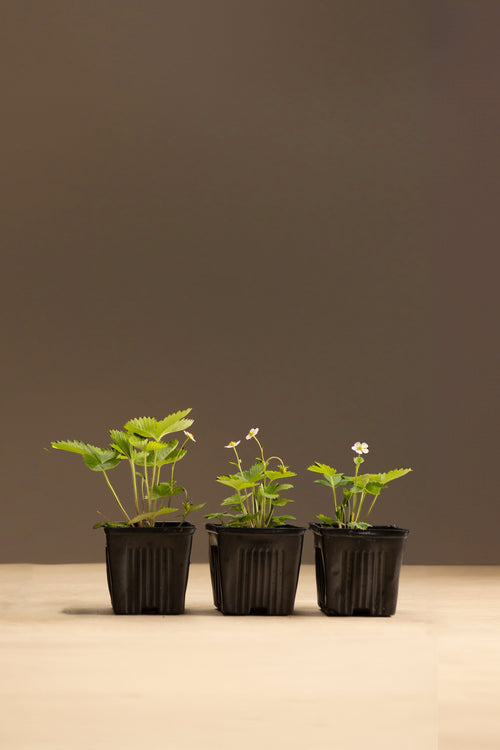
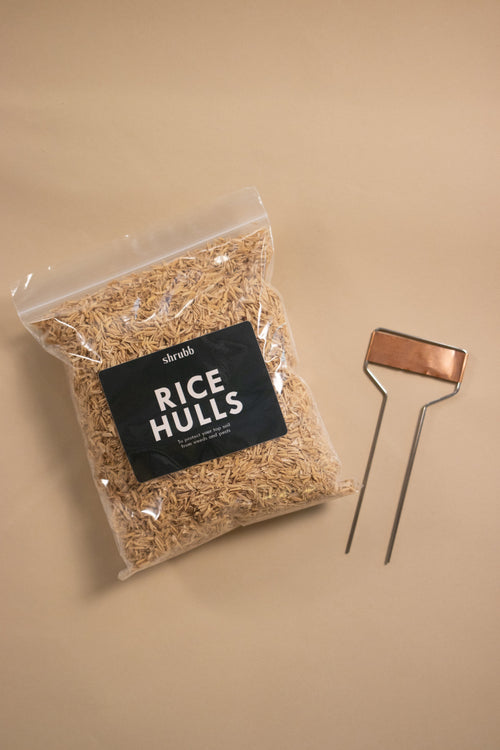
Red Alpine Strawberry + Potting Essentials Kit

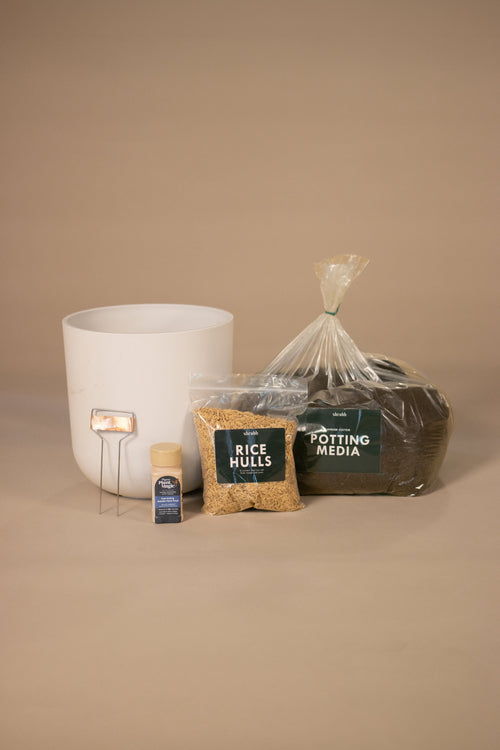
Red Alpine Strawberry + Complete Grower Kit

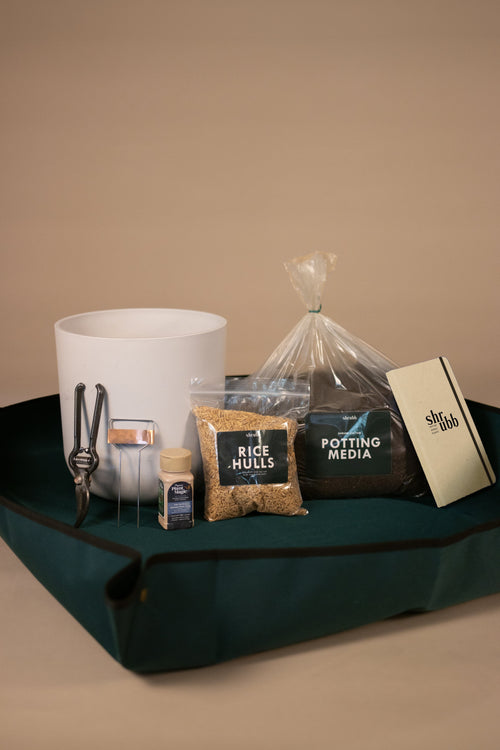
DO YOU WANT TO INSURE YOUR PLANTS?
Get plant insurance to guarantee a free replacement plant if yours dies within the first year. Read more about plant insurance here..

Where do I grow best?
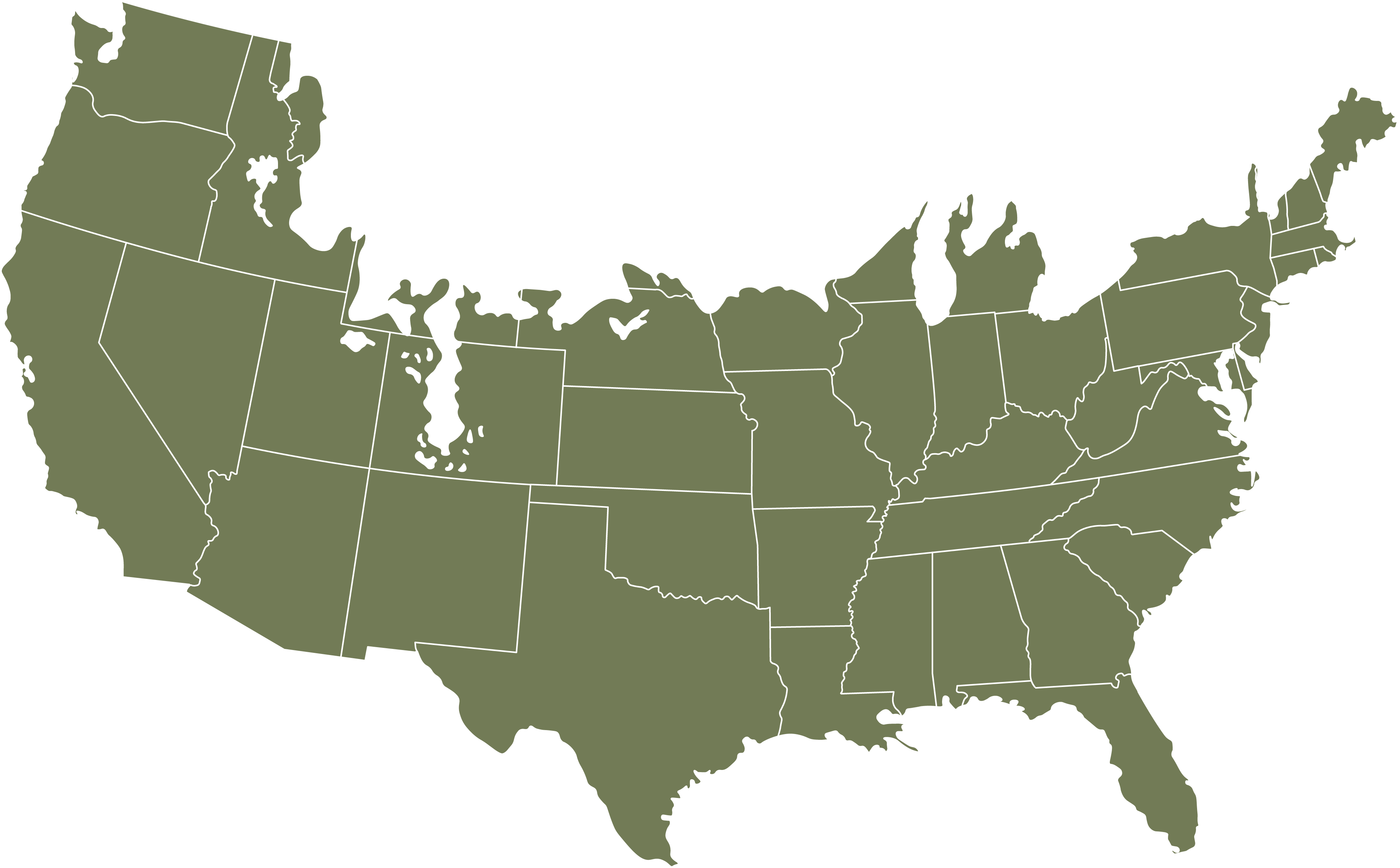
How to care for me:

Self-Fertile

Full-Sun

Water

Soil Nutrients

Dormancy

Harvesting

Pruning

Pests and Disease
Growing in Less Ideal Climates
While the region indicated on the map above specifies where this plant grows best, the virtue of growing plants in pots is that, with a little elbow grease, you can create your own environment. These are our tips for anyone attempting to grow alpine strawberries in other climates.

Colder Regions

Hotter Regions
